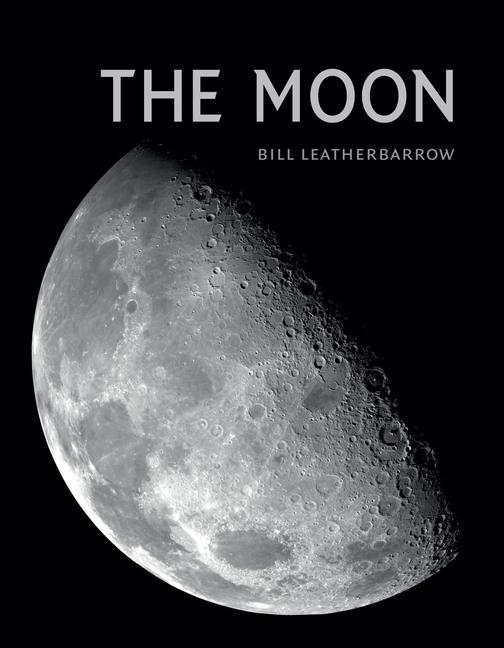
Zustellung: Fr, 11.07. - Do, 17.07.
Versand in 3-4 Wochen
VersandkostenfreiBestellen & in Filiale abholen:
Our nearest celestial neighbour, the Moon, has always been the most conspicuous feature in our night sky. It has compelled observers since the dawn of humankind, and all have tried to make sense in their own ways of the puzzles it poses and the questions it raises. It provided our ancient ancestors with one of the earliest means of keeping and measuring time, and many early religions had cults that worshipped the Moon. It regulates the tides and has been held accountable for numerous human conditions, most notably madness and psychological disorders.
Drawing on many years of practical observation, Bill Leatherbarrow provides an illuminating insight into the history and evolution of this enthralling astronomical body. He describes how and why the study of the Moon has evolved, particularly in the age of the telescope, and offers an overview of developments in lunar science since the advent of the space age. Leatherbarrow also provides practical advice on how to make your own observations of the Moon. Extensively illustrated with images of the lunar surface, The Moon is an accessible introduction that will appeal to both amateur and professional astronomers and all those fascinated by Earth's natural satellite.
Drawing on many years of practical observation, Bill Leatherbarrow provides an illuminating insight into the history and evolution of this enthralling astronomical body. He describes how and why the study of the Moon has evolved, particularly in the age of the telescope, and offers an overview of developments in lunar science since the advent of the space age. Leatherbarrow also provides practical advice on how to make your own observations of the Moon. Extensively illustrated with images of the lunar surface, The Moon is an accessible introduction that will appeal to both amateur and professional astronomers and all those fascinated by Earth's natural satellite.
The moon has always been the most obvious feature in our night sky. It is our nearest celestial neighbor, orbiting the earth at an average distance of 384, 400 kilometers, and is large enough to display significant detail even to the unaided eye. Our moon has drawn observers since the dawn of humankind, and all people have tried to make sense of the puzzles it poses and the questions it raises. The moon provided our ancient ancestors with one of the earliest means of keeping and measuring time, and many early religions had cults that worshiped it. When it eclipses the sun it provides one of the most awe-inspiring views in nature. In The Moon, celebrated amateur astronomer Bill Leatherbarrow provides expert insight into the history of our study of this compelling astronomical body. Drawing on his own decades of lunar observation, he describes how and why the observation and study of the moon has evolved, particularly in the age of telescopic study. He also offers an overview of current scientific thinking and developments in lunar science since the advent of the Space Age, even providing practical advice on how to make your own observations of the moon. Extensively illustrated with images of the lunar surface taken both from spacecraft and using amateur equipment, this book is an accessible introduction to complex astrophysical concepts that will give all amateur astronomers and anyone fascinated by this natural satellite something to moon over.
Mehr aus dieser Reihe
Produktdetails
Erscheinungsdatum
15. Mai 2018
Sprache
englisch
Seitenanzahl
184
Reihe
Kosmos
Autor/Autorin
Bill Leatherbarrow
Verlag/Hersteller
Produktart
gebunden
Gewicht
621 g
Größe (L/B/H)
228/180/22 mm
ISBN
9781780239149
Entdecken Sie mehr
Bewertungen
0 Bewertungen
Es wurden noch keine Bewertungen abgegeben. Schreiben Sie die erste Bewertung zu "The Moon" und helfen Sie damit anderen bei der Kaufentscheidung.

















